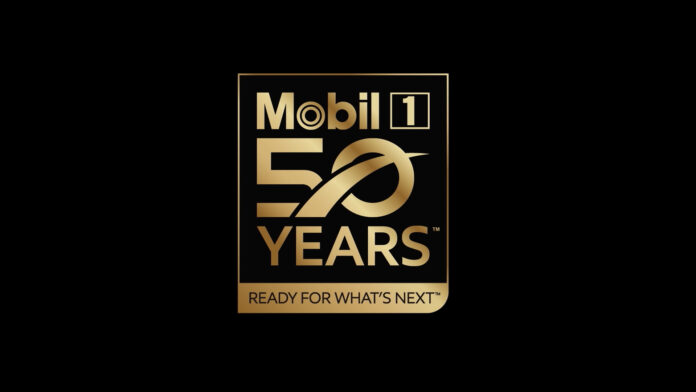In 2024, Mobil 1 celebrates 50 years in the market, still recognised as a leading synthetic oil brand.
Though it has been sold since 1974, the fully synthetic automotive engine oil has continued to evolve as new technology has enabled its performance to be even better.
Although synthetic oil already existed since World War II, it was Mobil which commercialised it for civilian use. The oil evolved from synthetic grease and was initially used for big diesel engines powering oil-drilling rigs on Alaska’s North Slope in temperatures as low as -40˚C.
Oil for the Space Shuttle
By 1971, Mobil saw potential in developing a fully synthetic oil for passenger car engines as the properties were far superior than those of conventional mineral-based oils. In fact, the oil’s ability to withstand temperature extremes – cold as well as hot – led to NASA engineers choosing Mobil 1 for use in the Space Shuttle.

When developing what was known as a ‘New Concept Engine Oil’, the objective was primarily for enhancing fuel efficiency. The 1970s were the time of the first energy crises and the auto industry and oil industry worked hard to reduce fuel consumption for motorists.
As a fully synthetic oil, Mobil 1 was super slippery, lowering friction levels so significantly that fuel consumption could be reduced because the engine used less power to achieve a given speed.

The oil was also long-lasting and Mobil initially suggested longer oil change intervals, as it had a ‘protection reserve’ of up to 40,000 kms. However, after 1988, this statement was removed when the carmakers felt it was ‘inappropriate’ for Mobil to make the suggestion. Thereafter, the advice was to refer to the requirements of the carmaker, particularly if the vehicle was still under warranty.
Today, ExxonMobil states that its Mobil 1 Extended Performance High Mileage 5W-30 can be used for up to 25,000 kms before changing. It does, however, provide a warranty to customers in the event of damage to the engine due to following this recommendation which is aimed at reducing motoring costs for older cars that no longer have a factory warranty.

Mobil 1 was proven to provide extremely good protection to engine parts. Even at extremely high temperatures, the oil film does not shear (break up) so there is no contact between metal parts. This is particularly helpful in the event the engine begins to overheat due to some problem.

At the same time, the reduction in friction allowed an increase in power too – which would make Mobil 1 a popular choice in motorsport. The extra power was simply due to more of the engine output being available because less was needed to overcome friction.
13 bhp more with any engine?
During the introduction of the oil to the Malaysian media (in 1984), there was some confusion which arose from a question regarding the claim by the advertisement which said that if you use Mobil 1, you will get ’13 bhp more’. The wording suggested that you could get 13 more bhp with any engine when it had Mobil 1!
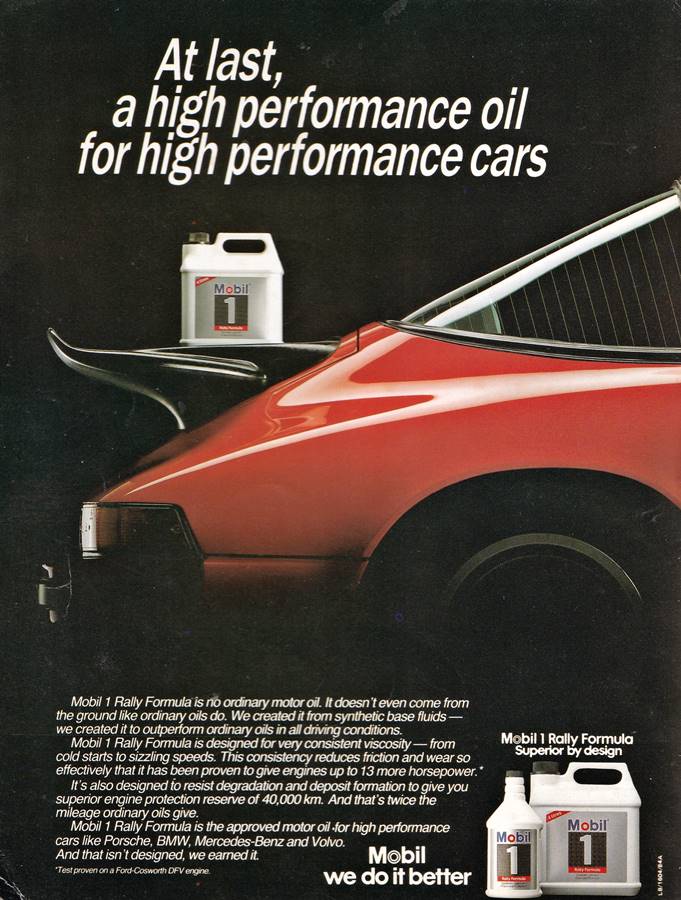
After being asked if a Toyota Corolla 1.3 engine would get 13 bhp as well, it was then clear that the wording could be misleading. The company quickly changed the advertisement to qualify the statement by adding a note that the 13 bhp was gained only with a 408 bhp Cosworth-Ford DFV engine (then a successful F1 engine).
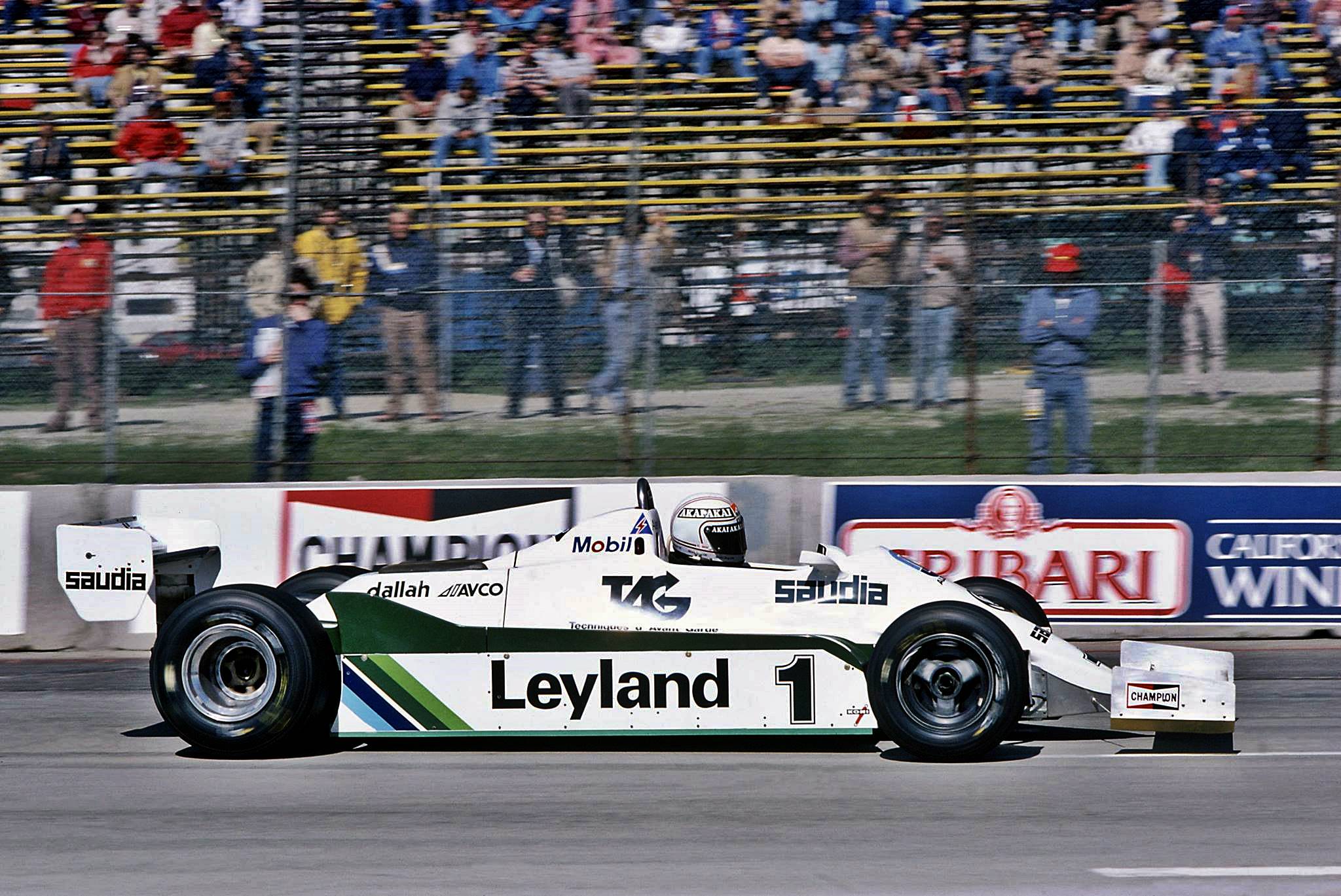
Presence in motorsports
In 1981, Mobil 1 oil history in motorsports officially began with sponsorship of the Williams Formula 1 Racing Team after earlier being a technical partner. Over a period of 8 years, the partnership would see a total of 40 race wins, 4 Constructors’ titles, and 3 Drivers’ titles.

As the exceptional performance of Mobil 1 became more and more known in the motorsports community, it became the oil of choice and Mobil too became involved with many teams all over the world.

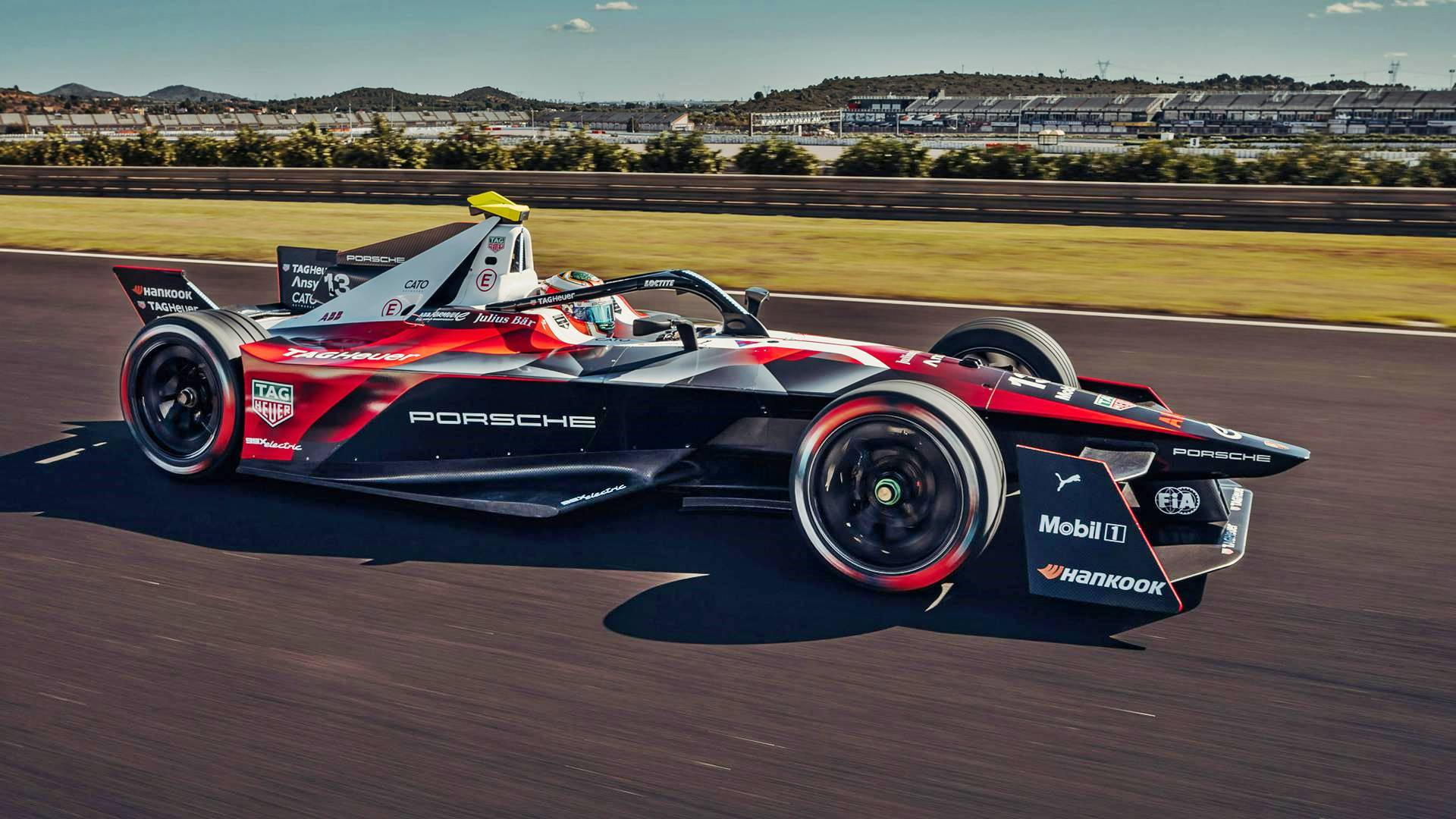
Celebrating the 50th anniversary
This year, to celebrate the 50th anniversary of the introduction of Mobil 1, ExxonMobil has planned a series of initiatives across partnerships, motorsports, and virtual reality, each of which will highlight the brand’s legacy and what’s to come.
As regulations have become more demanding, automotive technology has also advanced and Mobil 1 has kept up with new lubricant technology to keep engines running at peak performance and also efficiency.
![Mobil 1 [2024]](https://www.motaauto.com/wp-content/uploads/2024/07/Mobil-1-2024-scaled.jpg)
One example is Emission System Protection (ESP) which is based on Mobil Low Ash technology. ESP prolongs the life of emission reduction systems in diesel and petrol engines while maintaining the high performance of the synthetic engine oil.
From just a single product in 1974, Mobil 1 has expanded into a line of Mobil 1-branded oils and related products for different applications – in vehicles with internal combustion engines as well as electrified powertrains.

With its strong association with motorsports, the Mobil 1 brand will celebrate its legacy with a series of specially designed liveries on racing cars and other highlights of the Mobil 1 brand’s extensive racing history.
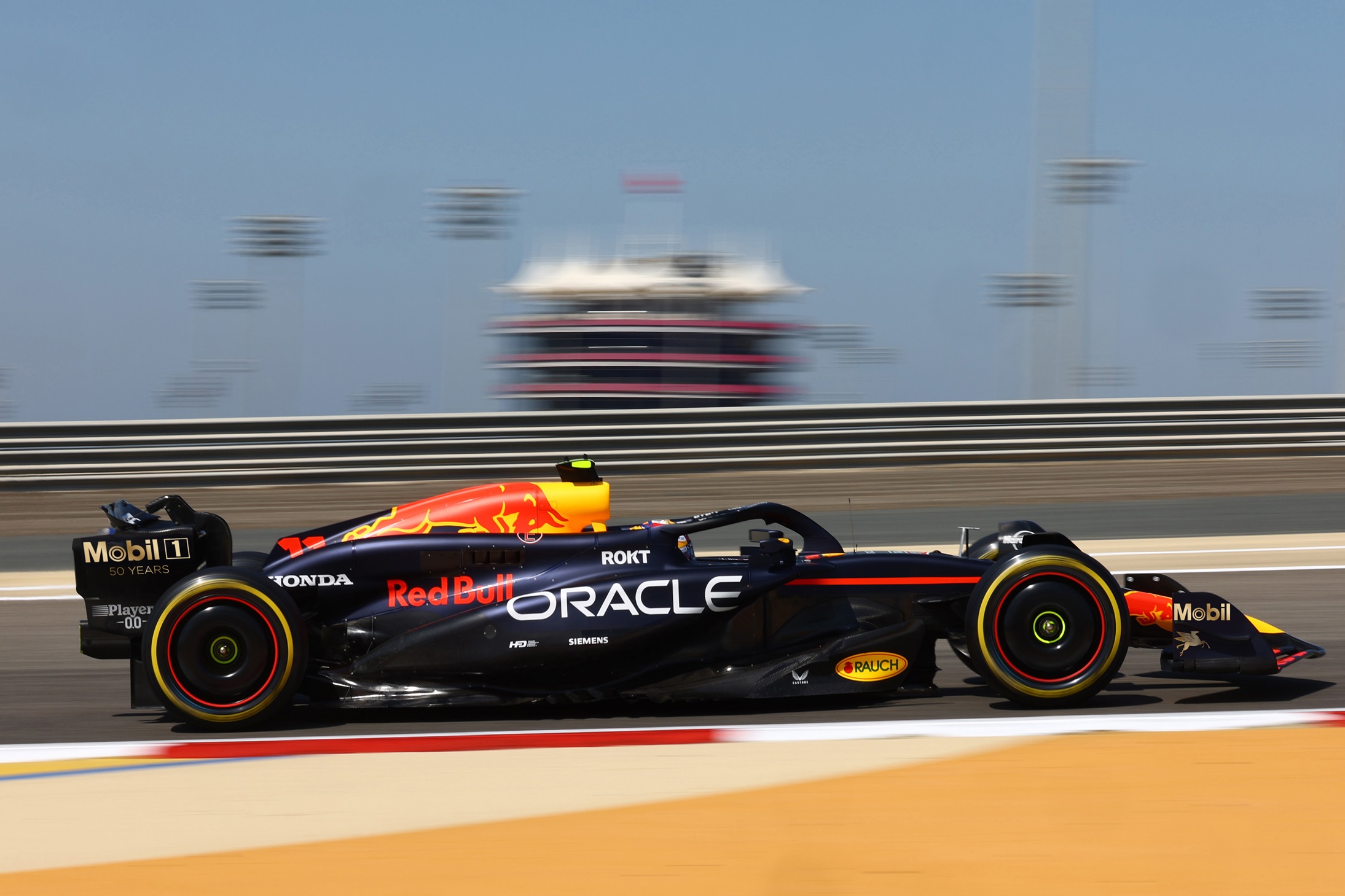

“The Mobil 1 brand remains dedicated to maintaining and growing meaningful relationships,” said Robert Shearer, Director of Global Sponsorships. “As we move forward into the future, we are excited to see a continuation of the collaborative innovation and intelligence that stems from our work with automakers, racing teams and other great partners. Track to road technology is seen with each improvement to Mobil 1 motor oil.”
